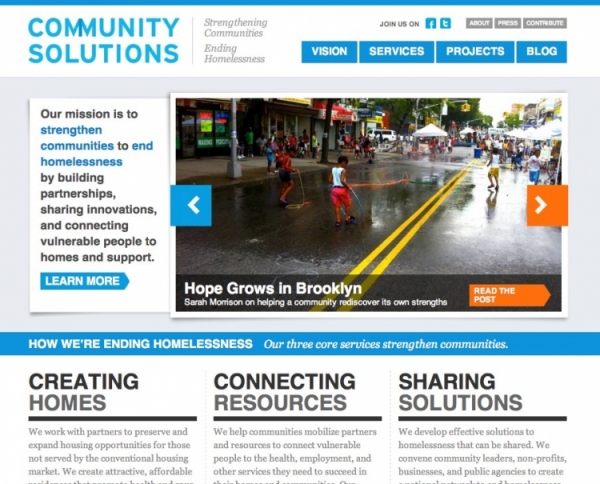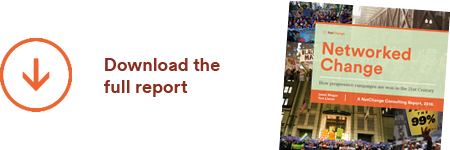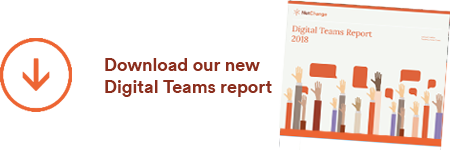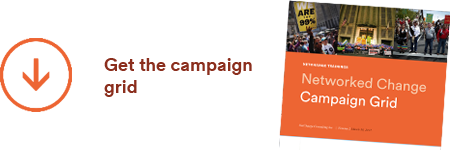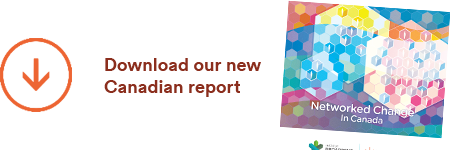Looking for the Digital Teams Benchmark Report? Click here.
Last month we launched the last website Communicopia will build. Why have we stopped making sites after 18 years and close to 1,000 projects? And what does this have to do with how you hire vendors for your digital projects? Read on.
Way back in the day, during the .com boom years, a web agency was expected to do everything for you. Come up with a great strategic approach. Design a clear and lasting content structure. Make a killer design. And tie it all together with a back-end that did amazing things. Since those days, the web world has gotten both simpler, and more complex, and projects have therefore gotten both cheaper at the low end and more expensive at the high end.
Some of the change is due to technology, open-source software, and cloud-based services, which drive costs down. The capacity of clients to think big thoughts and staff up to execute parts of web projects has expanded dramatically (a wonderful thing!). The field of talented, values-aligned vendors has also exploded (which we’ll take a sliver of credit for via our founding of Web of Change).
So over the years we’ve had to adapt our business model many times to continue to offer the most value to our mission-driven clients. We long ago outsourced complex tech projects to those with deeper skills in development, and did the same with high-end design projects. We did this to focus on doing what we do best – creating integrated strategic visions for how institutions can transform themselves via digital, and building that focus into the core user experience across all digital channels – because this is where we also see the most potential for impact.
As such, earlier this year we made a business decision to drop all implementation and focus only on our strategy work. Why? Four reasons:
1. Organizational clarity and alignment is the most important thing
The Internet has changed almost every business model, why do we think it will spare the social change sector? Building a new site is an opportunity for major organizational renewal towards more networked, social business models that serve our stakeholders better and lead towards the elusive social impact we all seek. And typically, our clients’ stories and even offering are muddled. They do too much, are split into too many priorities, and are under-resourced generally but particularly in digital content or engagement capacities to execute their aspirations. Before charging off to build sites or tools or Facebook pages, institutions need a reality check on their purpose. They need alignment of internal efforts, and they need focus on a credible goal. Doing this right at the start is the only way to achieve breakthrough results. Conveniently it also leads to cost efficiencies, social impact improvements, and service improvements for supporters. Even internal morale goes up! You can see we’re quite passionate about this!
2. Building a consistent User Experience around your big idea is the second
 Once we have the fierce focus from a clear vision, the next most difficult thing is to, how can we say, “protect it from your institution”. In a busy, tuned out world, creating an integrated experience that communicates your key priorities and encourages social engagement at every step – across not only your website but numerous digital channels at the same time – is what leads to the outcomes you need. Most of the biggest digital success stories (think Facebook, Avaaz, Apple, Obama) have had the discipline to do a few things well and kill distractions in their sites and tools. Baking a strategic vision into a practical digital roadmap helps our clients do the same.
Once we have the fierce focus from a clear vision, the next most difficult thing is to, how can we say, “protect it from your institution”. In a busy, tuned out world, creating an integrated experience that communicates your key priorities and encourages social engagement at every step – across not only your website but numerous digital channels at the same time – is what leads to the outcomes you need. Most of the biggest digital success stories (think Facebook, Avaaz, Apple, Obama) have had the discipline to do a few things well and kill distractions in their sites and tools. Baking a strategic vision into a practical digital roadmap helps our clients do the same.
3. For basic sites, design & technology are commodities; for complex sites you need advanced specialists
That title says it all doesn’t it? It’s much easier, more flexible, and cheaper to pull complex projects off when smaller, more nimble specialist firms partner with other best in class specialists, independent contractors, or engage the talents of internal staff. There are very, very few firms who are excellent at the full web game, it’s just too difficult to maintain mastery in multiple subject areas in such a constantly changing environment. And it’s a lot easier for firms to be honest about this fact when they don’t make money off of a whole slew of implementation work in the back room.
4. People first. Processes Second. Technology Third
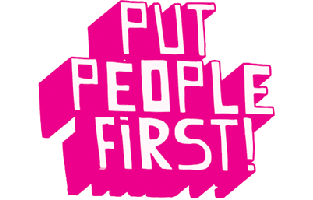 Most of us who have been in the field a long enough time have basically come to the same conclusions about the proper order of things. 80%+ of the effort on digital projects has little or nothing to do with technology, yet most institutions approach tech projects in exactly the opposite way that would lead to success. Sustainable competitive advantage comes when you teach your organization to innovate regularly. Hire the right people, empower them to do their work, remove obstacles that get in their way, and give them the technology they need to succeed. Then you’re set to rock the web.
Most of us who have been in the field a long enough time have basically come to the same conclusions about the proper order of things. 80%+ of the effort on digital projects has little or nothing to do with technology, yet most institutions approach tech projects in exactly the opposite way that would lead to success. Sustainable competitive advantage comes when you teach your organization to innovate regularly. Hire the right people, empower them to do their work, remove obstacles that get in their way, and give them the technology they need to succeed. Then you’re set to rock the web.
So over to you, what does our decision mean you when you are looking to find web partners? First off, beware the “full service agency”. Unless they are big enough (according to agency service master David Baker that means it’s larger than 30 people) and have a proven reputation for innovation in all three key factors of the web – strategy, design, and technology – be wary of their claims. Look for specialized firms that partner well, and are humble enough to tell you what they don’t know. Run from anyone who tells you “tech is easy”, or “design is simple”. It’s not. Tust me, I’ve seen way more digital projects fail than succeed the first time around.
Back to us, thankfully our last site was for an amazing client doing inspiring work, Community Solutions of NYC. They have proven a highly innovative model to end homeless around the world unlocking the power of collaboration in communities. We love the site we made for them, as do their customers and supporters who’ve used it so far. Our work with them around focusing their vision was, as usual, the highest value and most transformative work that led to clarity and organizational alignment. We’re very excited about our own focus around doing this unique work for more clients!
Jason Mogus is Communicopia’s principal consultant and is the founder of Web of Change. He has been developing digital strategies for social change organizations for over 15 years. You can follow him at @mogusmoves.

